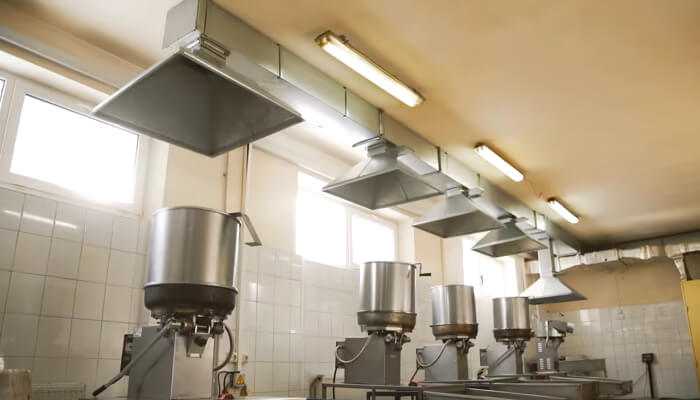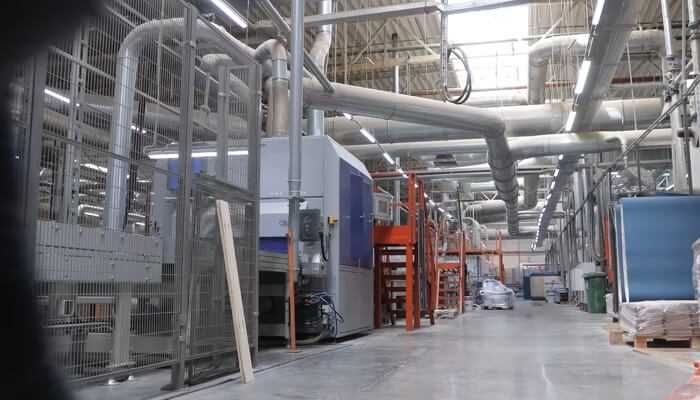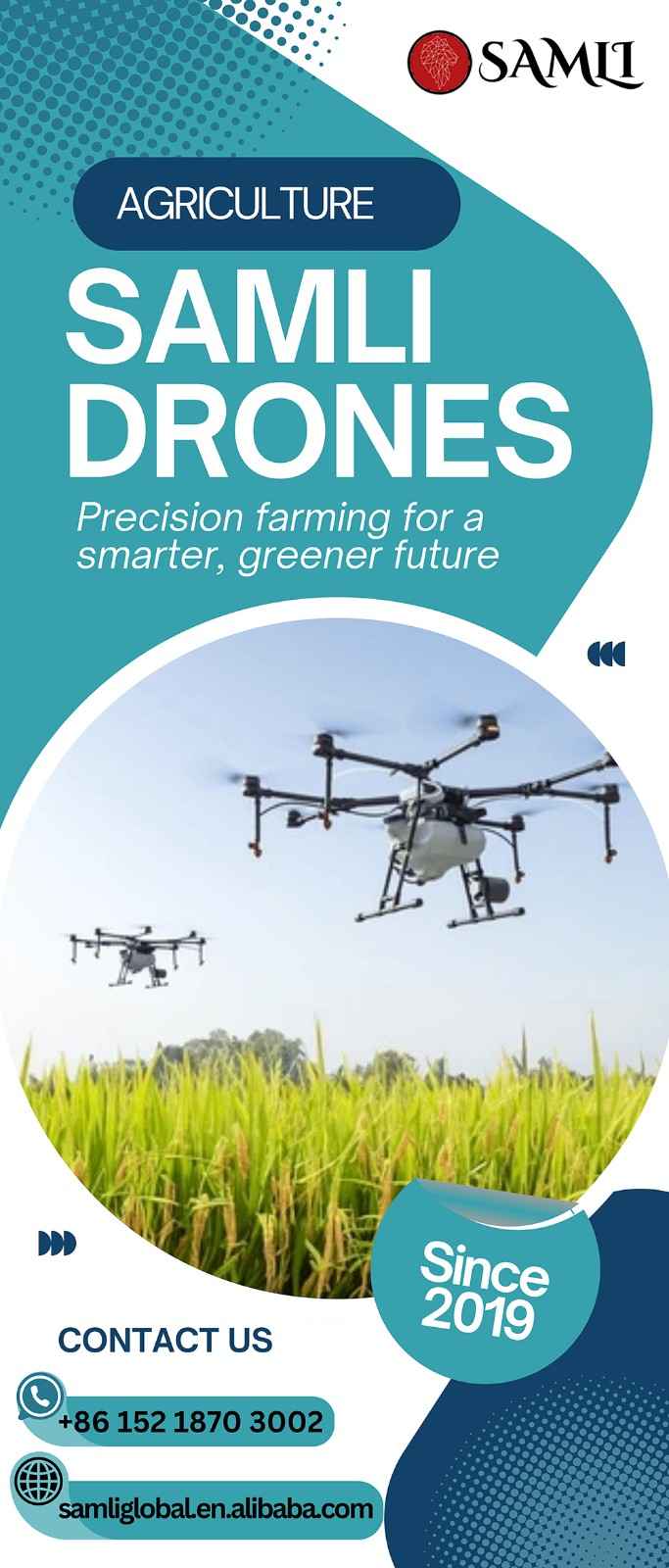In today’s tissue and converting industry, where efficiency and sustainability go hand in hand, industrial dust extractors play a crucial role.
Designed to handle large volumes of paper dust and fine fibers, these systems are essential for maintaining air quality and operational safety.
But they are also major energy consumers.
The good news? It’s entirely possible to reduce their energy footprint without compromising on performance, if you know where to look.
Understanding What Drives Energy Consumption And Performance
The efficiency of a dust extraction system depends on a few key technical variables.
First And Foremost Is Airflow
Extractors must move a high volume of air (measured in m³/h) to effectively capture and transport paper dust from the production line. At the same time, they need to generate adequate static pressure to overcome resistance through ducts and filtration systems. If either of these elements is poorly calibrated, you risk underperformance—or worse, energy waste.
Another Important Factor Is Filtration
As filters become clogged with dust, they create more resistance, which forces the system to work harder and consume more power. High-efficiency filters, especially those designed with self-cleaning or multi-stage capabilities, can maintain airflow with less pressure drop, leading to better long-term energy profiles.
The Right Role Of Extractor Hoods: Capture Dust Where It Starts

A well-designed extractor hood is one of the most underrated components in an efficient dust removal system.
These hoods are positioned near the dust source – at winding stations, embossing units, or sheeters – to catch airborne particles before they spread through the facility.
What Makes An Extractor Hood Effective?
It’s not just about suction power. Shape, size, and placement all matter.
A properly engineered hood minimizes the amount of air needed to capture dust effectively, reducing the workload on fans and filters downstream.
Some manufacturers, like Sorgato, have introduced modular designs that offer tailored performance based on machine configuration, making it easier to balance air capture with energy conservation.
Choosing The Right Dust Extractor: Key Features That Matter
Selecting the right extractor for a tissue converting facility requires a strategic approach.
You should evaluate whether the fan’s power curve aligns with actual system demand, ensure the filter system is both efficient and easy to maintain, and consider adding variable frequency drives (VFDs) that allow fan speeds to adapt in real time to the level of dust being generated.
It’s also worth considering add-ons such as cyclonic pre-separators or heat recovery systems, which can significantly reduce the strain on filtration units and further lower energy use.
In short, a high-performance dust extractor isn’t just powerful: it’s smart, responsive, and tailored to the specific requirements of your production line.
Smart strategies to cut energy use without sacrificing performance
To make your system more energy-efficient, you don’t always need to replace it entirely.
Often, small strategic changes can deliver major savings.
Here’s a quick guide to the most effective tactics:
| Strategy | Benefit |
| Right-sizing system | Avoids overpowered fans and wasted energy |
| Use VFD fans | Match power to actual load; cut energy use by up to 50% |
| Smart hoods & zoning | Cyclones & separators extend filter life, reduce fan load |
| Pre-cleaning systems | Cyclones & separators extend filter life, reduce fan load |
| Optimize duct layout | Avoid bends; maintain smooth air transport |
| Scheduled maintenance | Real-time data lets you fine-tune operations continuously |
| Monitor with sensors | Real-time data lets you fine-tune operations continuously |
| Heat recovery systems | Capture fan exhaust energy to reheat or ventilate the facility |
| Regular audits | Validate that real energy use matches theoretical models |
| Training staff | Empower operators to run systems efficiently and report issues |
More than just energy savings
Beyond lowering your energy bill, optimizing your dust extraction system brings other tangible benefits.
Cleaner air contributes to a safer, healthier working environment, an important factor in industries dealing with fine paper dust.
There’s also the advantage of reducing downtime caused by clogged filters or inefficient airflow, not to mention aligning with stricter environmental standards and ESG goals.
Smarter systems = better operations
Industrial dust extractors are indispensable in tissue and converting operations, but they don’t have to be energy-hungry.
With the right mix of intelligent design, efficient hoods, responsive control systems, and regular maintenance, you can achieve top-tier performance while keeping consumption in check.
Now is the time to review your current setup, identify inefficiencies, and make targeted upgrades that deliver both ecological and economic returns.
If you’re ready to take the next step, consider a professional audit or hood system redesign—your energy bills (and your production line) will thank you.
| Strategy | Benefit |
|---|---|
| Right-sizing system | Avoids overpowered fans and wasted energy |
| Use VFD fans | Adjusts power to actual load; cuts energy use by up to 50% |
| Smart hoods & zoning | Capture dust at the source with less airflow |
| Pre-cleaning systems | Reduce filter load and improve suction efficiency |
| Optimize duct layout | Streamlined air transport with fewer bends and losses |
| Scheduled maintenance | Maintains optimal pressure and airflow |
| Monitor with sensors | Fine-tune performance based on real-time data |
| Heat recovery systems | Reuses energy from exhaust air for climate control |
| Regular audits | Ensure actual performance matches theoretical specs |
| Training staff | Promotes efficient operation and early issue detection |



